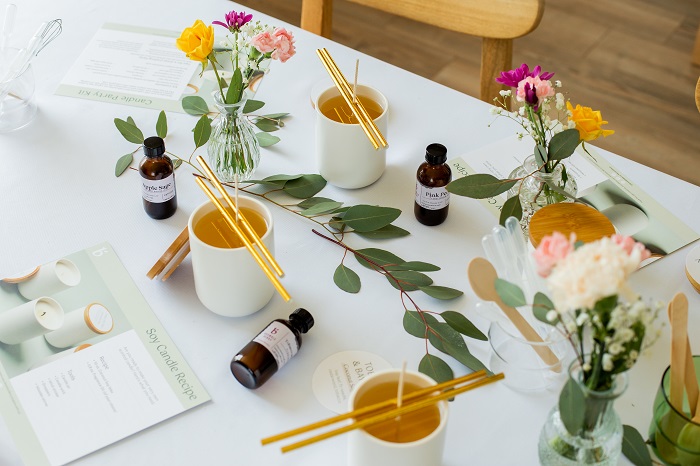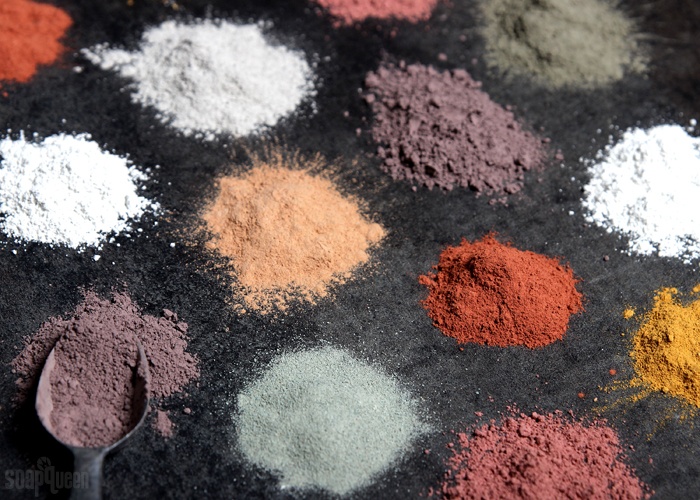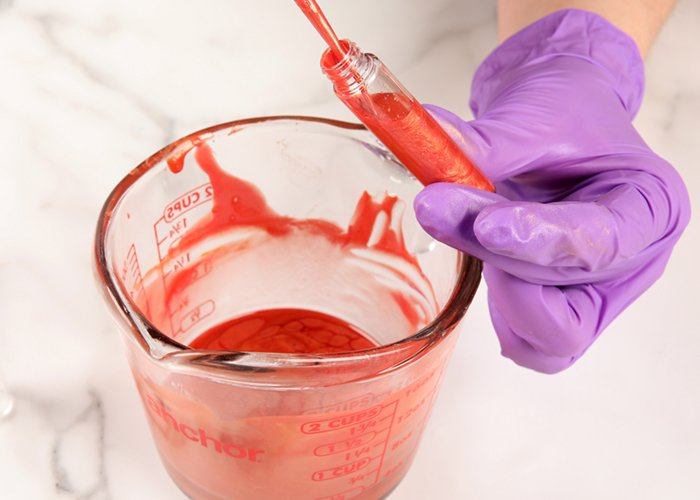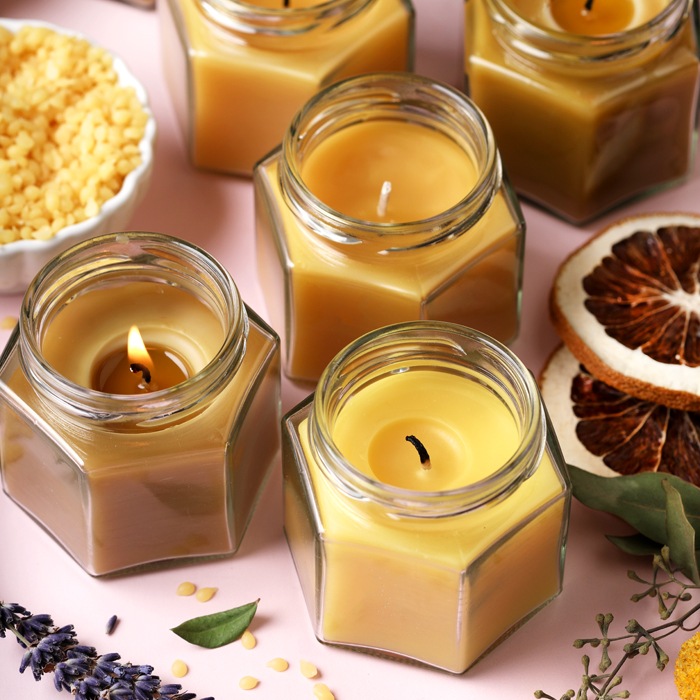How to Create a Basic Skincare Routine
You might never have had a skincare routine, or even given it much thought. Even the most resilient, problem free skin can be subject to environmental stressors, like sunlight, pollution, dry air, and more. Having a basic skincare routine isn’t just about looking good; it’s about keeping your skin healthy and in good condition.
What you need to know first
There are a few things you should know about developing your own skincare routine:
Everyone’s skin is different. While skin types are divided up into just a few categories, what works for other people with the same skin type might not work for you. Developing your skincare routine might involve trying different products and practices until you find one that works for you.
Patience and consistency are key. No skin treatment works overnight, regardless of marketing claims. Active skincare ingredients normally take time to show the best results. This can take weeks, or it can even take months. To see results quickly, it’s important to stick to your skincare routine and be consistent.
You may not need all of these steps. Extra dry skin may need more moisturizing products than oily or normal skin. Oily skin may need a different kind of moisturizer than normal skin. Remember, what’s right for everyone else may not be right for you.
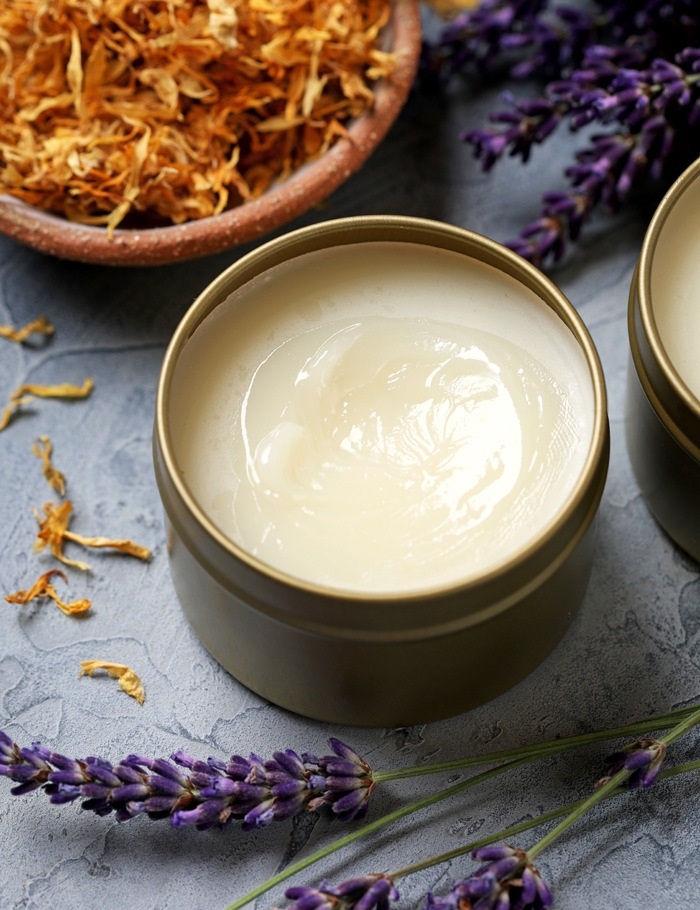
The basic skin types
Everyone’s skin is different, but they are generally classified into a few different types. These are general and can guide you in choosing the skincare projects that are right for you.
- Dry skin. Dry skin is skin that tends to lose moisture easily. You may notice that it feels tight, becomes irritated easily, and it might flake or even crack. This is skin that needs extra moisturizing and protection.
- Oily skin. Oily skin is skin that produces extra oils. These skin oils are vital for skin health, but too much of a good thing can look shiny and even exacerbate acne. This skin needs extra cleansing.
- Normal skin. This skin is neither oily nor dry, but don’t forget that it still needs maintenance. A basic cleansing and moisturizing routine will help keep normal skin in great shape.
- Combination skin. This skin has spots that are dry and spots that are oily. The “T zone” is a typical combination skin pattern in which the forehead and nose are more oily than the rest of the face. You may want specialized products for each part of your face.
- Sensitive skin. It’s true that dry skin is often more sensitive than other skin types, but any skin type can be sensitive; even oily skin. Look for gentle products for this skin, and for soothing ingredients. Keep an eye out for possibly allergens too.
Skincare routine basics
There’s four steps that are considered daily steps for a skincare routine. Remember, you may not need all of these, and some of them might not be right for your skin.
1. Cleansing - We all know we should wash our face regularly, but some folks may not actually need to wash their face every day, and others see better results washing morning and night. Washing is important because it removes excess oils and dirt from your skin, which helps to prevent acne breakouts, and because it removes environmental pollutants. There are a few types of face cleansers out there:
- Gel cleaners - great for oily or acne prone skin.
- Cream cleansers - gentle and perfect for sensitive or dry skin.
- Foam cleansers - these powerful cleansers are great for combination skin, or when you have a full face of makeup to wash off.
- Oil cleansers - these are oils or oil-based cleansers. They’re great for sensitive skin, and they do help remove oil and dirt.
- Clay cleansers - these cleansers employ the oil absorbing properties of clay. Great for oily or combination skin, and for sensitive skin.
- Micellar water - micellar waters and cleansers are very gentle but effective. They’re great makeup removers and good for sensitive skin.
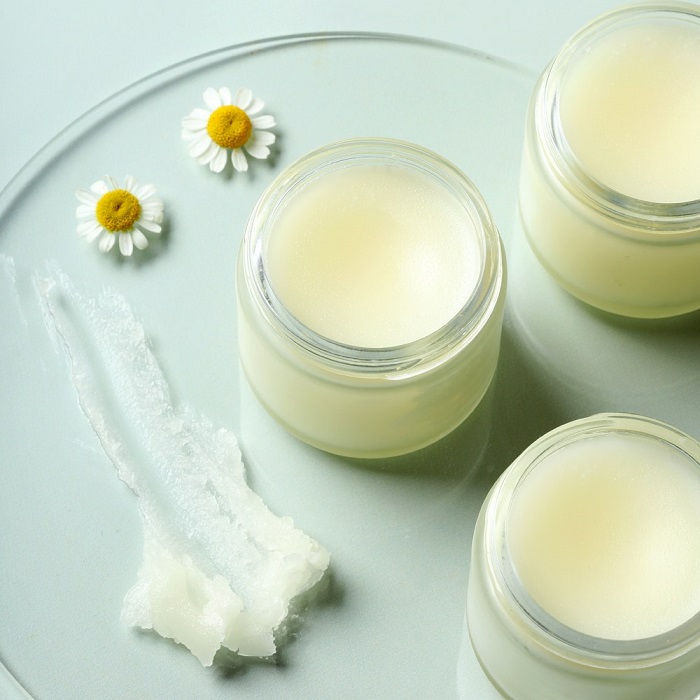
2. Treating - Once your skin is clean, you’re ready to perform any daily treatments you might want to use. This can include a lot of products, but for the sake of simplicity, we’ll break them down into two broad categories.
Toner - toners were originally used to balance the pH of the facial skin. In the 80s, they contained astringent ingredients to tighten skin and reduce the appearance of pores. These days toners are multipurpose. The most common types, from gentlest to strongest are:
- Skin fresheners - typically contain water and a humectant (like glycerin), and contain no or very little alcohol, which can be drying or irritating.
- Skin tonics - these toners are slightly stronger and contain some alcohol. These contain active ingredients, like humectants, botanical extracts, and more.
- Acid toners - these toners can be strong, and contain alpha hydroxy acids or beta hydroxy acids, and possibly other active ingredients.
- Astringent toners - these toners are the strongest, and contain a large amount of alcohol. These toners are good for oily skin as they’re effective at removing excess oils, but can be irritating for other skin types.
Toners are typically a water based liquid that is sprayed on the skin, applied with a cosmetic pad, or even with your fingers.
Serums - serums are skincare products that provide a strong dose of active ingredients. They’re typically used to treat skin problems, like fine lines and wrinkles or acne. Serums can be oil-based or water-based, and you typically use a very small amount. There are all kinds of serums, from acne fighting serums to moisturizing serums.

3. Moisturizing - After you’ve administered any treatment options that you use, it’s time to moisturize. Different skin types like different kinds of moisturizers, though. Creams and lotions are typically blends of oil and water based ingredients that are emulsified. These are great for normal or combination skin. Folks who have dry or sensitive skin might want to use an oil moisturizer. These pack extra moisturizing properties and typically use lightweight oils that soak into your skin easily. Gel moisturizers are water based and contain humectants to bring moisture into your skin, and they’re great for oily skin.
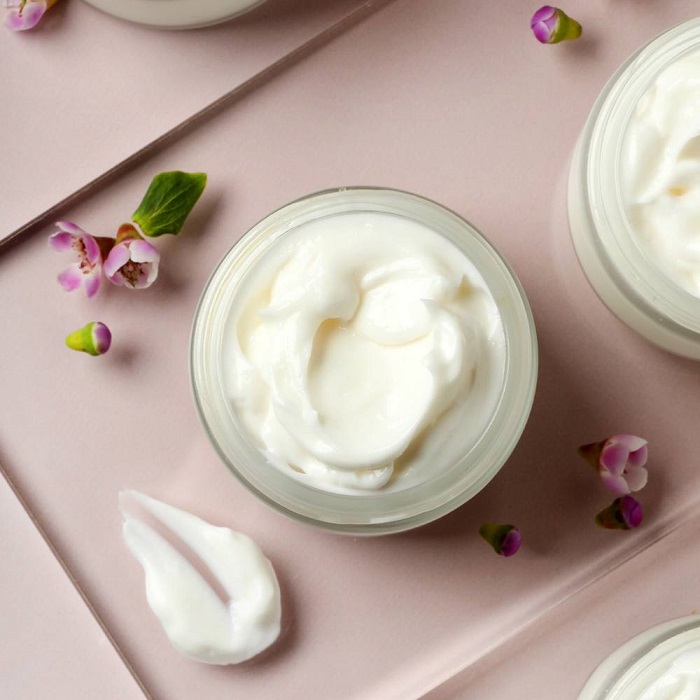
Masks for skincare
Masks are typically not a daily treatment, but are used every week (or even less often) to bring an intense dose of cleaning or moisturizing to your skin. Different types of masks bring different benefits, so look for masks that are great for your skin type.
- Sheet masks - these masks are easy to apply and remove, less messy than some other masks, and are typically hydrating masks.
- Clay or mud masks - these masks can be a bit messy to use and wash off. They’re cleansing masks, using clay or mud to absorb excess oil, but they can also deliver other ingredients into the skin. These are great for oily skin.
- Gel masks - gel masks are typically hydrating, though some may deliver other active ingredients. Spot treatment masks, like those for eyes or other problem areas, are often gel masks.
- Peel off masks - peel off masks are relatively easy and clean, and offer a combination of cleansing and moisturizing properties. They’re great for combination skin, and let’s be honest, they’re fun to use.

Other skincare tips
Some skincare methods are preventative maintenance steps that you can take in your day to day life, and don’t fall into the categories already mentioned. As they say, an ounce of prevention is worth a pound of cure. They’re not difficult to do, and they carry a host of benefits.
Use sunscreen every day
Yes, even in winter, and yes, even when it’s cloudy out. Sun damage is cumulative, meaning that it can build up over time. It can make your skin more prone to lines and wrinkles, cause discoloration, and even increase your risk of skin cancer. There are lightweight sunscreens on the market that are great to use on delicate facial skin.
Self care is skincare
Reducing the amount of stress in your life and increasing your general feeling of well-being is actually really good for your skin. When we’re stressed out, our bodies release cortisol and adrenaline. Chronic stress can actually speed up the aging process, can increase oil production in your skin, and can increase inflammation, which can worsen skin conditions like eczema or psoriasis, and can even prevent acne breakouts from healing.
Drink plenty of water
While many of these products do moisturize, most of your skin’s hydration comes from inside your body. That means that in addition to using your favorite moisturizer, you should drink plenty of water to keep your skin healthy. Drinking plenty of water helps plump skin, reduce wrinkles, keep dry or sensitive skin hydrated, and can even help prevent acne. A good rule of thumb is to drink 6 8 ounce glasses of water a day to stay hydrated, but everyone is different and some folks may need more. If you live in a hot, dry climate, you’ll also need to drink more.
There you go, the basics to taking great care of your skin. Don’t forget, the best way to make sure that your skincare products have what your skin needs and to avoid any irritating ingredients or allergens is to make your skincare products yourself. It’s a lot easier than you think, and we have everything you need to make cleansers, oils, toners, serums, and moisturizers.
Shop This Article
Skincare Tags:






